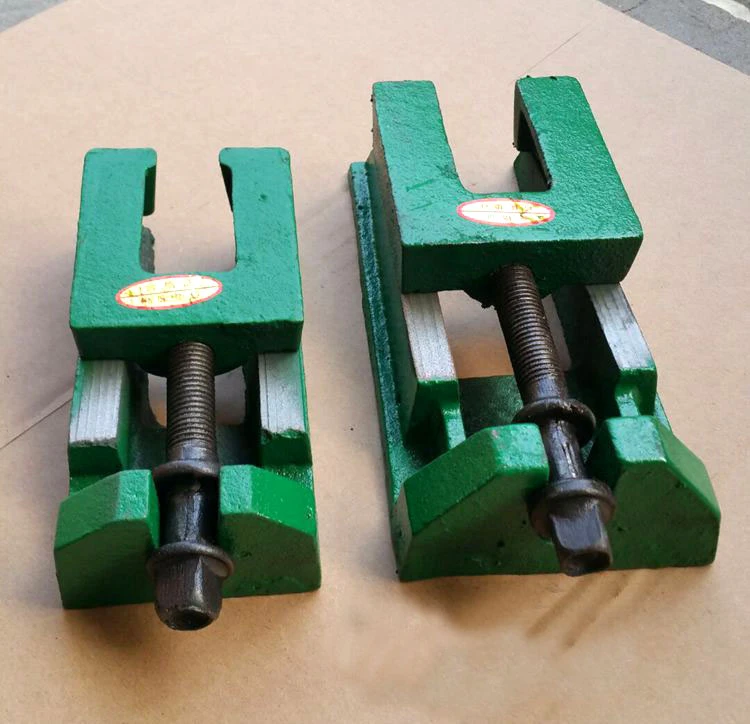Oct . 11, 2024 23:06 Back to list
Different Varieties of Water Control Valves and Their Functions
Types of Water Valves An In-Depth Overview
Water valves are essential components in various plumbing and irrigation systems, providing control over water flow and pressure. Understanding the different types of water valves can help homeowners, builders, and engineers select the right valve for their specific needs. This article will explore several common types of water valves, their functions, and the applications where they are best utilized.
1. Gate Valves
Gate valves are designed to start or stop the flow of water. They operate using a wedge-shaped metal gate that slides in and out of the path of the water. When the gate is fully opened, it allows for minimal flow resistance, making it ideal for applications where full flow is needed, such as in large pipelines. However, gate valves are not suitable for throttling purposes, as partially opening the valve can cause erosion and damage. Common applications include water supply lines, irrigation systems, and sewage facilities.
2. Globe Valves
Globe valves are often used for regulating flow in a piping system. Their design features a spherical body with an internal baffle that creates two flow paths. This design allows for excellent throttling capabilities, making globe valves suitable for applications where flow control is critical, such as steam and hot water systems. However, globe valves tend to have higher flow resistance compared to gate valves, which may not be ideal for applications requiring minimal pressure loss.
3
. Ball ValvesBall valves are one of the most efficient and reliable types of water valves. They consist of a hollow, perforated sphere (the ball) that rotates within the valve body. When the ball is turned 90 degrees, it either allows or restricts flow, thus providing quick shut-off capabilities. Ball valves are known for their durability and ability to handle high-pressure applications, making them suitable for water supply, HVAC systems, and gas services. They are particularly favored in situations where a tight seal is necessary.
4. Butterfly Valves
types of water valve

Butterfly valves are characterized by a rotating disc that opens and closes the flow. They are compact and lightweight, making them ideal for large pipelines where space and weight are concerns. Butterfly valves are commonly used in water distribution systems, wastewater treatment facilities, and HVAC applications due to their ability to handle large flow rates. These valves can provide both on/off control and throttling capability, but care must be taken to use them correctly to avoid excessive wear on the sealing surfaces.
5. Check Valves
Check valves, also known as non-return valves, are designed to allow fluid to flow in only one direction. They prevent backflow, which can cause contamination or damage to a system. Check valves come in various designs, including swing check and lift check valves. They are widely used in water supply systems, sewage and waste disposal systems, and irrigation systems to maintain the correct flow direction and prevent reverse flow.
6. Pressure Relief Valves
These valves are critical for maintaining safe pressure levels within a system. A pressure relief valve automatically releases excess pressure, protecting pipes and equipment from potential damage. They are commonly used in industrial applications, hot water systems, and where pressurized systems are involved. Regular maintenance is essential to ensure that pressure relief valves function effectively, safeguarding against pressure-related failures.
Conclusion
Choosing the right water valve is crucial for the efficiency and safety of plumbing and irrigation systems. Each type of valve has its specific functions, advantages, and ideal applications. While gate valves are perfect for shut-off applications, globe valves excel in flow regulation. Ball valves provide dependable on/off control, butterfly valves are great for large flow applications, check valves protect against backflow, and pressure relief valves maintain system safety.
Understanding these differences enables users to make informed decisions, ensuring their systems operate smoothly and efficiently. Whether for residential, commercial, or industrial purposes, the appropriate selection of water valves plays a vital role in optimizing water management and system performance.
-
Why Metric Trapezoidal Thread is Ideal for Precision Motion ControlNewsAug.05,2025
-
The Unique Properties of a Block of Granite for Industrial UseNewsAug.05,2025
-
The Role of Flanged Y Strainers in Preventing Pipeline ClogsNewsAug.05,2025
-
The Importance of Regular Calibration for Master Ring GagesNewsAug.05,2025
-
How a Cast Iron Surface Table Enhances Accuracy in ManufacturingNewsAug.05,2025
-
Comparing Different Check Valve Types for Optimal Flow ControlNewsAug.05,2025
Related PRODUCTS









